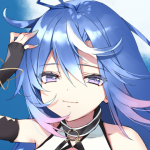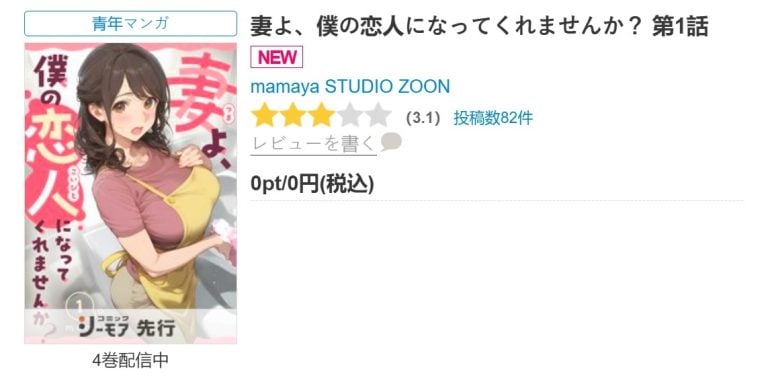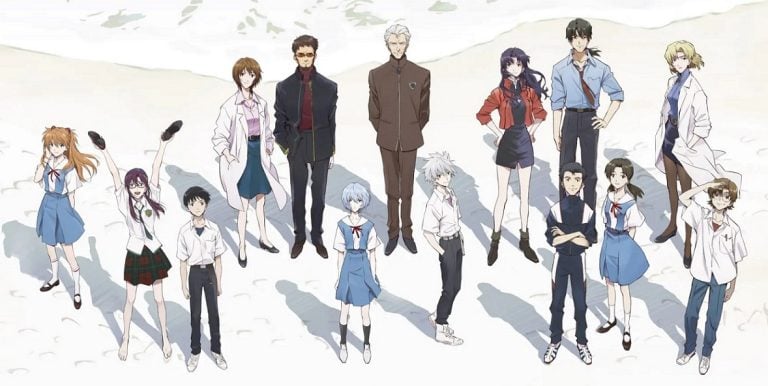With the appearance of AI image generation tools like Stable Diffusion and Midjourney, anyone can easily generate AI art. This has resulted in an explosion of AI-generated images appearing online (related article). Among these images, Stable Diffusion AI artwork of “1920年代の東京にいるピカチュウ” which translates to “Pikachu in 1920s era Tokyo” recently generated a lot of buzz on Twitter in Japan.
I had AI draw ‘Pickachu in 1920s era Tokyo’ and I think it turned out pretty well.
The black and white images do look reminiscent of Japan in the 1920s with Pikachu clearly incorporated into them. There’s a good amount of variety between the four images with one looking similar to the Pikachu we know today to one looking like an old character costume.
Of course, Pikachu didn’t exist at that time and wasn’t even created at that point, so it’s obvious they aren’t real photographs at first glance. But suppose you showed these AI images to someone who had no idea what Pokémon is. You might be able to convince them that a creature or character named Pikachu existed in Tokyo back in those days.
The oddly realistic AI images were praised by many for not seeming out of place. On the other hand, a number of people also said they were scary, ominous, and made them feel uneasy. It’s possible that the human faces, which AI seems to struggle recreating, and other aspects like the letters on the signs that aren’t actually letters could be the cause of their uneasiness. But when those people are surprised by its realism despite their misgivings, it’s hard to knock the results.
You could also say messing with AI image generators to add things that didn’t exist at the time to scenes from the past is an interesting experiment. It’s hard not to be impressed by the results when seeing what these image generators do with those ideas.
Inspired by the Pikachu idea, someone else tried something similar to generate an image of Winnie-the-Pooh walking through Tokyo in the 1920s. Like the Pikachu images, it also gives the sense that Winnie-the-Pooh was a mascot character walking around Tokyo in those days.
“This is AI artwork of ‘Pooh walking through Taisho period 1920s era Tokyo’”
After seeing the AI-generated Pikachu images, we reached out to the creator of them, @_ai_drawing on Twitter, to find out more on their thoughts about AI art. You can find the interview below.
──What led you to thinking of combining Japan in the 1920s with Pikachu?
I like how chaotic that time was because of so many new things coming into Japan from other countries all at once, but I thought it would be interesting to see something out of place there among the chaos. I think the idea to put something from another time period where it doesn’t belong was influenced by urban legends.
To show the gap in time periods, I used Pikachu which is a modern and iconic character all over the world that everyone knows didn’t exist in the 1920s.
This was in numerous comments I received, but it would be funny if the images quietly remained somewhere on the internet and tricked kids 100 years in the future.
──The images you generate with Stable Diffusion often have an animal motif. Why is that?
The shapes of living creatures like animals can still feel strange to us humans despite actually existing. I think this makes them suitable for adding a somewhat out of place feeling to reality.
──Out of the AI art you’ve generated so far, could you tell us which is your favorite and why?
My favorite was “アンドロイドが見てる電気羊の夢 (The electric sheep dream androids see).”
At its current stage, AI art gives visual output based on only language input, and I feel that the gap between them holds a lot of potential.
The above AI art was based on the classic sci-fi novel Do Androids Dream of Electric Sheep? by Philip K. Dick. It goes without saying, but it’s a famous title so many of us have this shared word of “electric sheep.” However, nobody has seen one, so any kind of shared image is just a blank slate. I wondered what would happen by offering this blank slate to AI.
It’s fun to take concepts from a world made by an author’s words and bring them into the visual world using AI.
──What led you to first start experimenting withAI art?
Originally, I would draw pictures myself, but making a single one was time and labor intensive, so I was always shelving them without expressing my ideas or having the drawing skills to do so. When I learned about AI art, I was surprised at the low barrier of making numerous images by just thinking up words. Since then, I’ve been immersed in creating those ideas I couldn’t turn into images previously.
Luckily, the Pikachu in the 1920s image went viral on Twitter and drew a bunch of reactions. I’m enjoying being a part of this current technological shift and trying to think up new prompts for the AI whenever I have free time.
──What do you think is the intrigue of AI art?
A long time ago, surrealism was used to search for new value and I kind of feel like AI art can be used for this as well.
We all have biases and might avoid depicting things we’re averse to or that we’ve unconsciously cleared away for conformity’s sake. But AI has no such qualms which can lead to surprising visual depictions. It’s something that’s new and interesting.
I also think it’s powerful that those who never thought about drawing because they didn’t have skills can now dive into the world of visual expression. When vocaloids came around, a new kind of music creator, the vocaloid producer, was born. In a similar way, using AI might bring about tons of new image makers.
──What kind of AI art do you plan to make going forward?
For me, rather than trying to make high-quality imitations of what humans can make, the appeal is searching for what AI can make because it’s AI and exploring that gap between human and AI. I want to experiment in that realm. Thanks to the AI developers, the functionality is becoming more advanced, and I think it will expand into video and 3D. I’m looking forward to being able to experiment with the possibilities there as well.
──Thank you for your time.
The Pikachu images that came out before arriving at the above images are cute too, so I’ll post them.
@_ai_drawing’s Twitter account has numerous posts of creatures and scenery that don’t exist in reality. There’s also some odd Pikachu-like AI art made from the same process as the 1920s Pikachu images. Many are already experimenting with AI art generation and it’s likely to only increase going forward. We look forward to seeing what new possibilities are born from AI art in the future.
Written by. Nick Mosier based on Len Aoi’s original Japanese article





